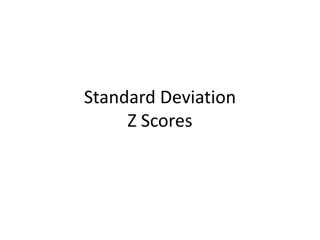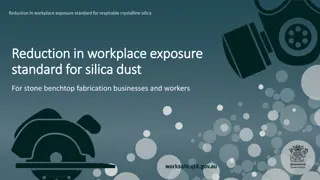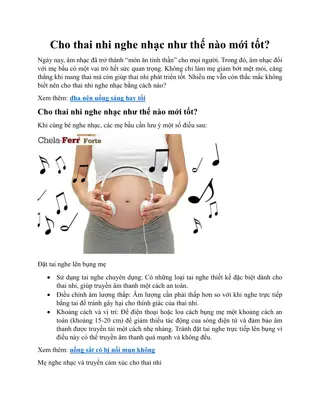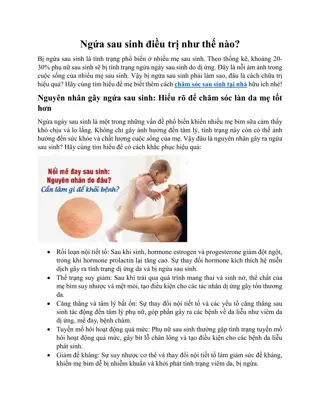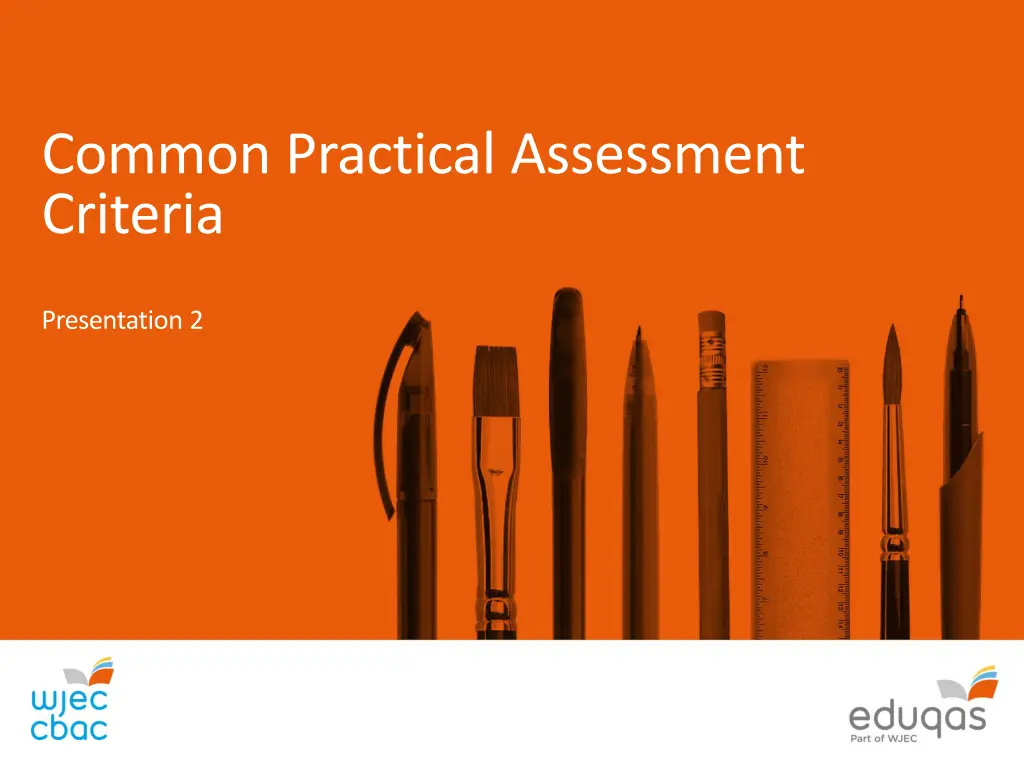
Practical Assessment Criteria and Competencies for Science Learners
Dive into the Common Practical Assessment Criteria (CPAC) and competencies required for science learners to pass practical activities independently. Understand the importance of following written procedures, applying investigative approaches, safely using equipment, recording observations, and more to achieve a pass in practical science assessments.
Download Presentation

Please find below an Image/Link to download the presentation.
The content on the website is provided AS IS for your information and personal use only. It may not be sold, licensed, or shared on other websites without obtaining consent from the author. If you encounter any issues during the download, it is possible that the publisher has removed the file from their server.
You are allowed to download the files provided on this website for personal or commercial use, subject to the condition that they are used lawfully. All files are the property of their respective owners.
The content on the website is provided AS IS for your information and personal use only. It may not be sold, licensed, or shared on other websites without obtaining consent from the author.
E N D
Presentation Transcript
Common Practical Assessment Criteria Presentation 2
The criteria CPAC 1 Follows written procedures CPAC 2 Applies investigative approaches and methods when using instruments and equipment CPAC 3 Safely uses a range of practical equipment and materials CPAC 4 Makes and records observations CPAC 5 Researches, references and reports
The criteria for a pass In order to be awarded a Pass a Learner must, by the end of the practical science assessment, consistently and routinely meet the criteria in respect of each competency. A Learner may demonstrate the competencies in any practical activity undertaken as part of that assessment throughout the course of study.
The criteria for a pass cont. . Learners may undertake practical activities in groups. However, the evidence generated by each Learner must demonstrate that he or she independently meets the criteria outlined below in respect of each competency. Such evidence a) will comprise both the Learner s performance during each practical activity and his or her contemporaneous record of the work that he or she has undertaken during that activity, and b) must include evidence of independent application of investigative approaches and methods to practical work.
CPAC 1 CPAC 1: Follows written procedures (a) Correctly follows instructions to carry out the experimental techniques or procedures.
CPAC 2 CPAC 2: Applies investigative approaches and methods when using instruments and equipment a) Correctly uses appropriate instrumentation, apparatus and materials (including ICT) to carry out investigative activities, experimental techniques and procedures with minimal assistance or prompting. b) Carries out techniques or procedures methodically, in sequence and in combination, identifying practical issues and making adjustments when necessary. c) Identifies and controls significant quantitative variables where applicable, and plans approaches to take account of variables that cannot readily be controlled. d) Selects appropriate equipment and measurement strategies in order to ensure suitably accurate results.
CPAC 3 CPAC 3: Safely uses a range of practical equipment and materials a) Identifies hazards and assesses risks associated with these hazards, making safety adjustments as necessary, when carrying out experimental techniques and procedures in the lab or field. b) Uses appropriate safety equipment and approaches to minimise risks with minimal prompting.
CPAC4 CPAC 4: Makes and records observations (a) Makes accurate observations relevant to the experimental or investigative procedure. (b) Obtains accurate, precise and sufficient data for experimental and investigative procedures and records this methodically using appropriate units and conventions.
CPAC 5 CPAC 5: Researches, references and reports (a) Uses appropriate software and/or tools to process data, carry out research and report findings. (b) Sources of information are cited demonstrating that research has taken place, supporting planning and conclusions.
The standard See word documents 2.3 The Standard 2.4 Pen portraits
Practical science statement In respect of each assessment cycle for each GCE A level qualification in Biology, Chemistry or Physics which it makes available, an awarding organisation must require each Centre to provide a practical science statement to the awarding organisation.
Practical science statement For the purposes of this condition, a practical science statement is a true and accurate written statement made by a- (a) completed at least 12 practical activities as required by the awarding organisation, and (b) made a contemporaneous record of the work which that Learner has undertaken during those practical activities.
Any Questions? Contact our specialist Subject Officers and administrative team for your subject with any queries. helen.francis@eduqas.co.uk

















